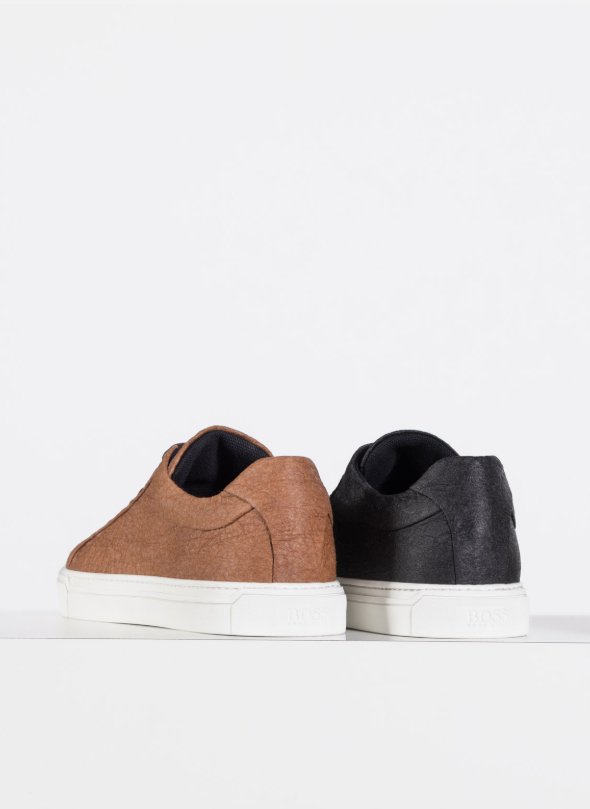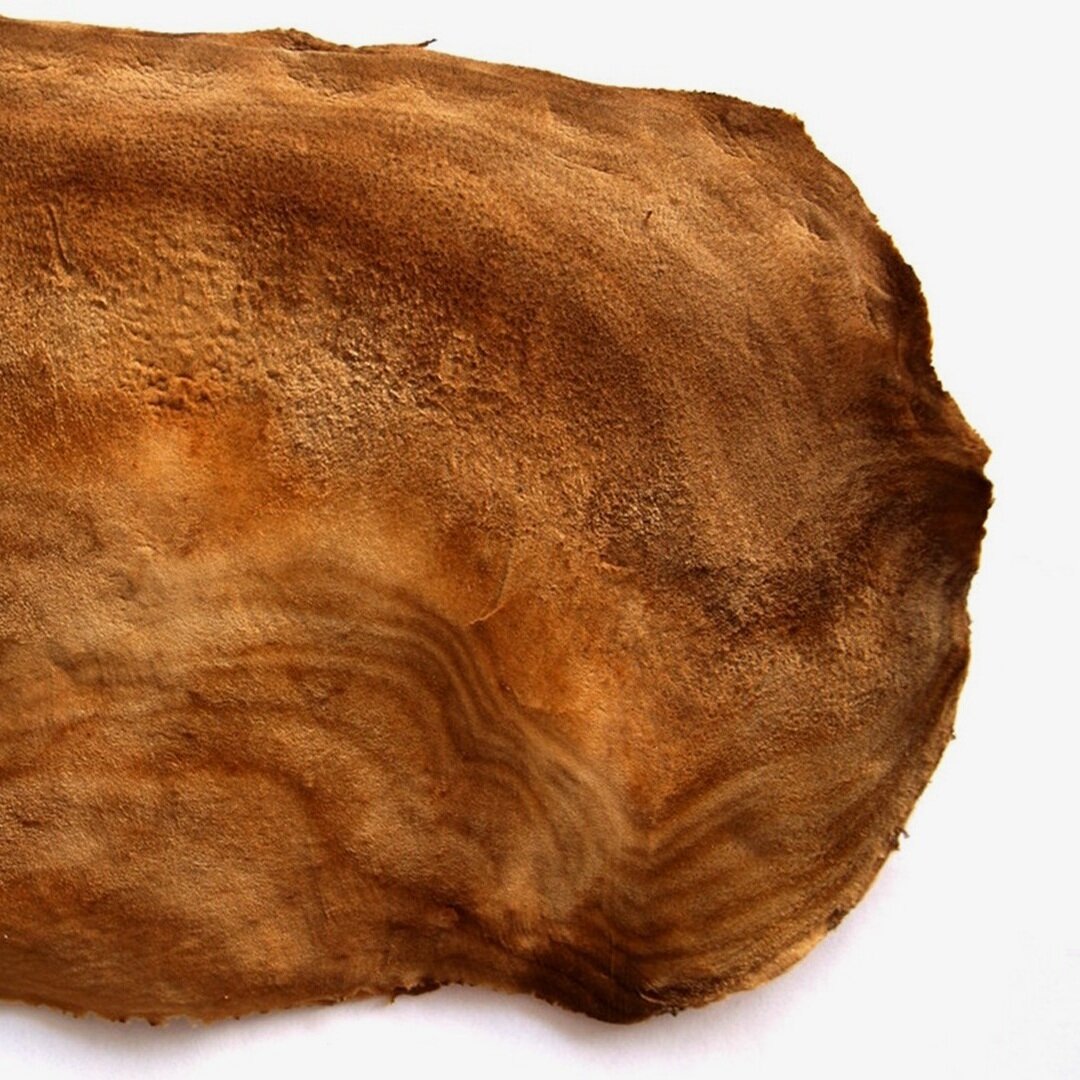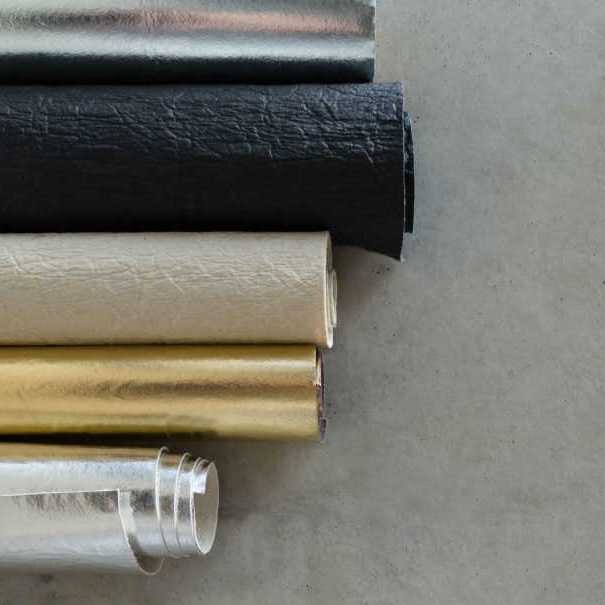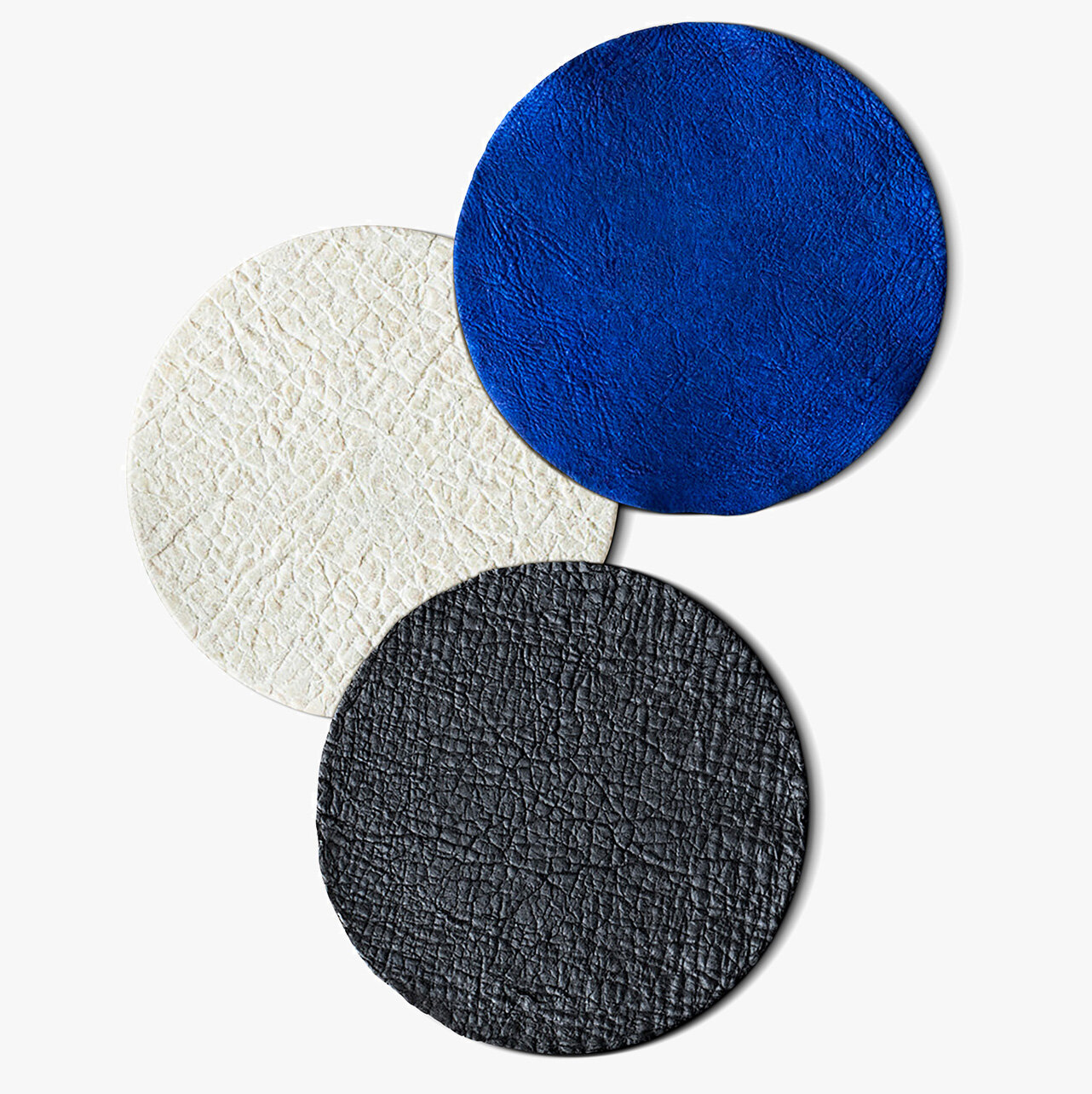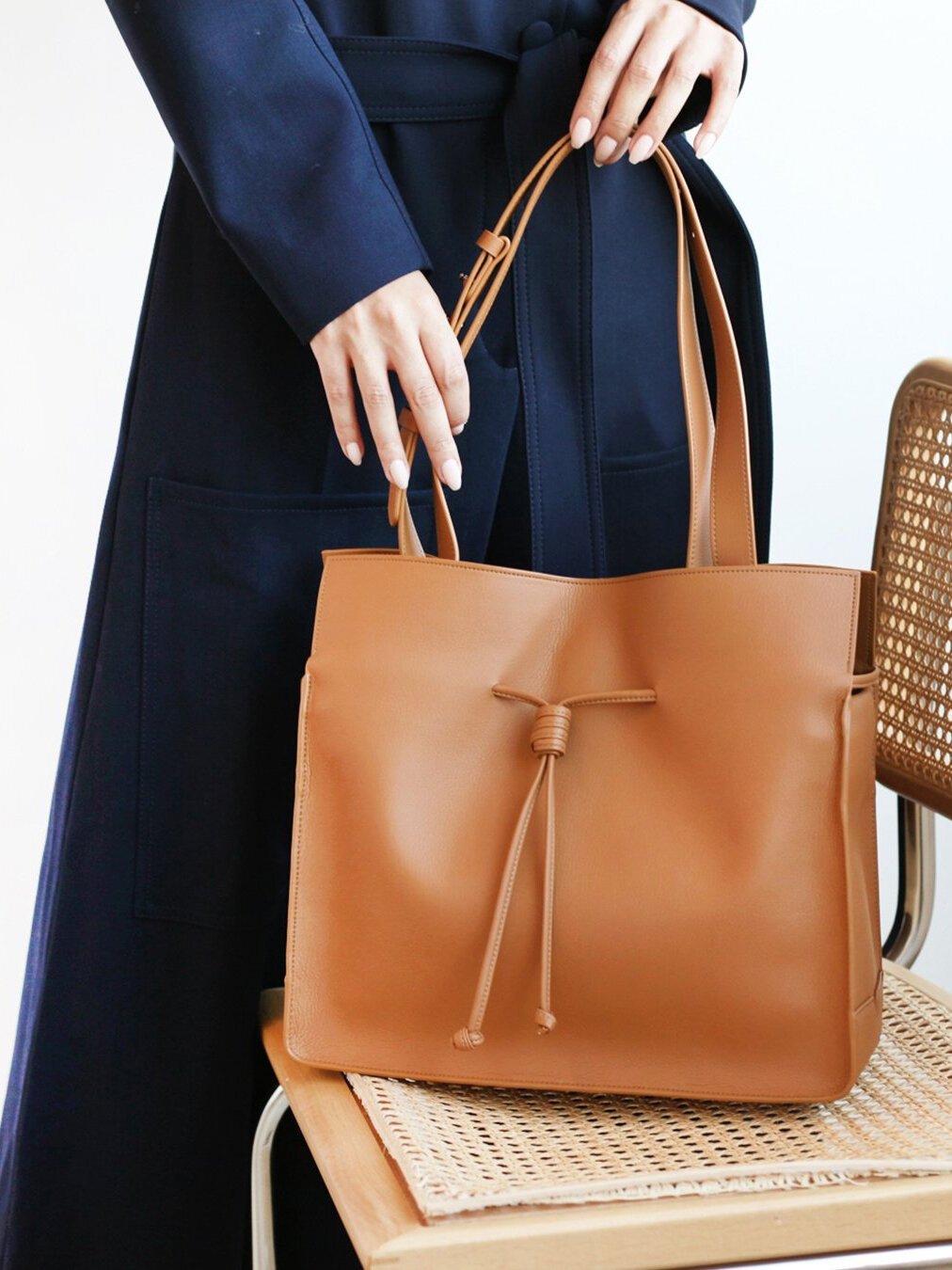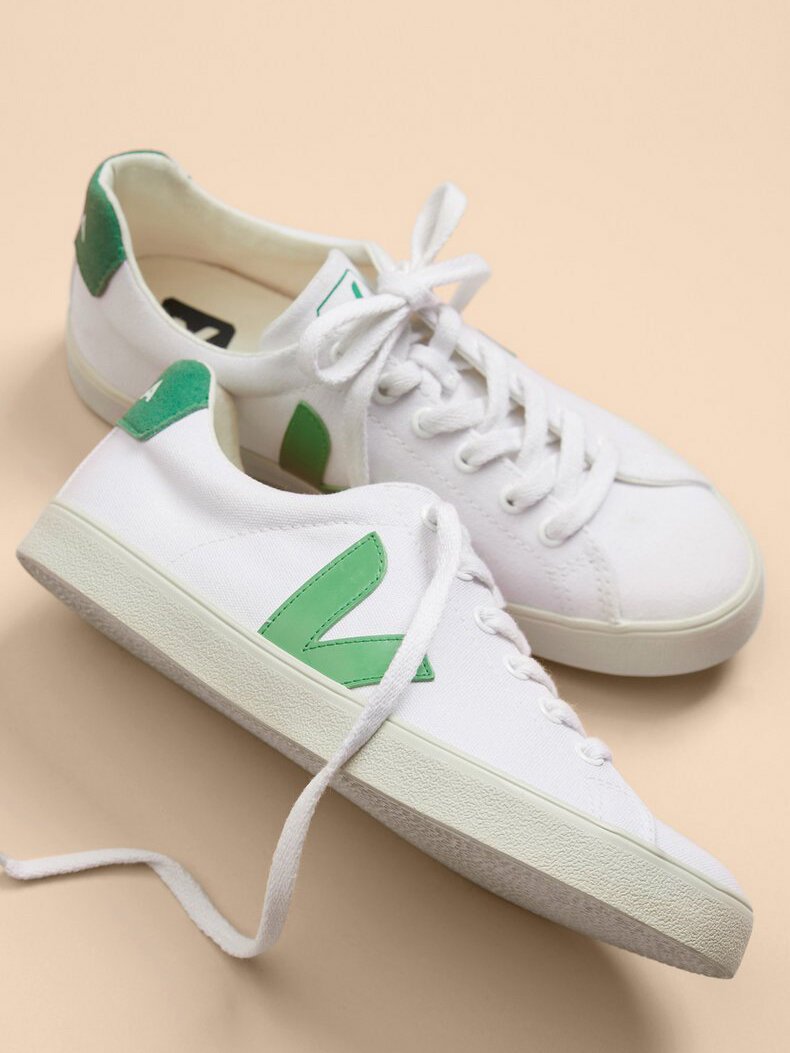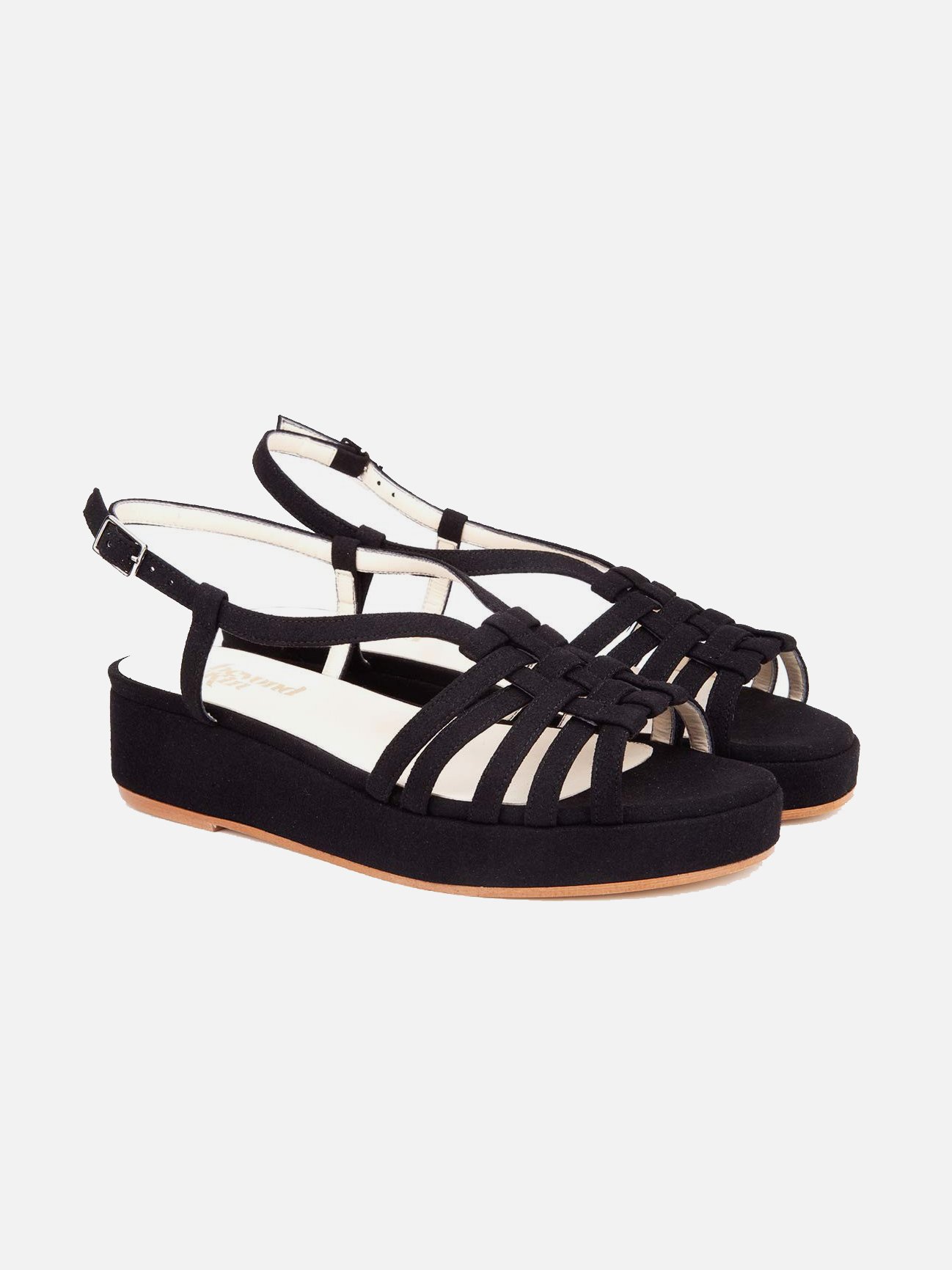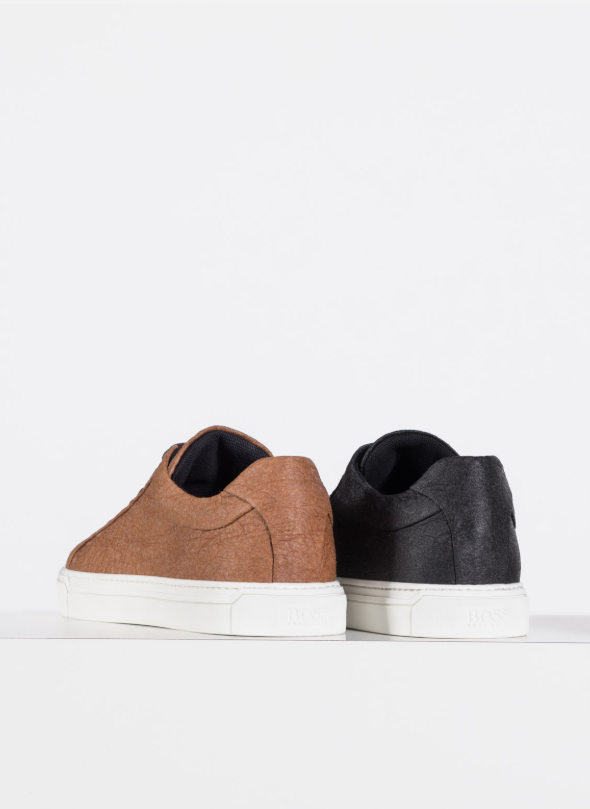
These Leather Alternatives Are Changing The Future Of Sustainable Fashion
Cruelty-Free Leather vs. Animal Leather
In recent years, there’s been a contentious debate in the fashion world between the use of animal (i.e. leather and fur) and synthetic vegan materials. Some say that, while using parts of animals in order to make clothing is neither ethical nor environmentally sound, it is preferable to the plastic alternative. Others vehemently argue the opposite.
This debate brings up complex issues and is not easily solvable; however, the rise in vegetable leathers is making the argument obsolete. Innovative companies are coming out of the woodwork, introducing a new kind of leather-like material. Mushrooms, pineapples, and active cultures have all been tapped to produce a more sustainable future for fashion. It may be hard to believe that any of these items could be used to create luxurious and stylish pieces, yet they absolutely have the potential to do so.
1. Mushroom Leather
It seems impossible that something so sturdy could be made from something we normally chop up for dinner, but this mushroom-based leather isn’t produced from a species you can eat. MusKin is a leather-like material made from the caps of a mushroom type called Phellinus ellipsoideus.
The fungus, once extracted, can be used and treated just like animal leather can be—only MusKin originator Grado Zero makes sure to use completely natural techniques. According to the online publication Lifegate, this includes using an ‘eco-wax’ and other eco-friendly products in order to create ‘special characteristics to the leather.’ This all ends in a product which has a shocking suede-like touch!
Not only is this mushroom leather engineered in an eco-friendly manner, but the use of Phellinus ellipsoideus alone is also environmentally beneficial. This specific species is native to subtropical forests and “feeds on tree trunks,” causing them to rot. Mushroom leather is a way to bypass the use of animals and help keep our natural environment healthy at the same time. Needless to say, it’s a win-win situation.
In addition to being incredibly sustainable, mushroom leather is water-repellent, nontoxic, and is durable enough to create fashion items which would traditionally be made out of leather.
The downside? Currently, only about 430 to 530 square feet of Italian-made vegetable leather can be produced a month, which is only enough for a small collection. However, there are companies that have created competitive products with this new kind of material. German brand nat-2™ makes their own mushroom leather and has come out with a line of fungus-made sneakers which shockingly enough resemble top-selling mainstream brands like Nike or Vans. nat-2™ also utilizes a parasite fungus found in nature, though the brand combines it with eco-cotton and recycled water bottles to produce their unique shoes. The company is committed to innovation and is constantly coming out with products made out of unthinkable materials. It’s an exciting and surprising fashion future!
2. Pineapple Leather
Arguably the most well-known and widely-used leather alternative in the bunch is Piñatex’s leather made out of pineapple leaves. The vegetable leather was invented by Ananas Anam Ltd, a London-based company committed to material research and innovation. Founder Dr. Carmen Hijosa began this journey when she worked in the Philippines and was exposed to the huge environmental impact of the leather industry. She found that there was—and is—a way to create luxury materials without harming the planet.
Piñatex® leather is produced by using raw materials which are the byproduct of the pineapple harvest, aka food waste, which is often discarded or burned. Not unlike MusKin, this pineapple leather is killing two (metaphorical) birds with one stone. Dr. Carmen Hijosa and her team explain on their site that ‘the Piñatex® journey is inspired by the principles of a Circular Economy and Cradle to Cradle values.’ This means that the company creates with the full lifecycle of the material in mind.
Along with the products’ thoughtful manufacturing, Piñatex® also provides ‘scalable commercial business opportunities for rural farming communities,’ UniGuide has stated, many of which are in the Philippines. While the innovative material is extremely sustainable, it has also made its way into brands large and small such as Hugo Boss, Po-Zu, Votch, and Nae. Pineapple leather is still in the early stages of adoption, but catching the eyes of many as it breaks all the rules of traditional production.
3. Biofabricated Leather
Out of all three examples, biofabricated leather is the least publicly discussed—yet possibly the most intriguing. Modern Meadow is the company behind this new kind of material and has been changing the innovation game for years. Their brilliant Chief Creative Officer Suzanne Lee has been a pioneer for new ways of design, coining the term ‘biocouture’ in 2004. Her work hasn’t received the spotlight it deserves, but she continues to work hard for a more sustainable and creative future.
The team at Modern Meadow is committed to innovation, and has produced the company’s first brand of biofabricated materials, Zoa™. This imitation leather is made of what the company calls ‘nature’s essential protein,’ aka collagen. Their lab-grown leather is made without any animal products or toxic chemicals. Zoa’s leather is a true one-of-a-kind product that is changing the way we think of how clothing is made. The brand has boasted that this material is:
Able to be any density. Hold to any mold. Create any shape. Take on any texture. Combine with any other material. Be any size, seamlessly. A liquid. A solid. An anomaly.
Modern Meadow’s inventions aren’t quite accessible at the moment, though their vision for the future is lofty and bright.
While all three of these innovative materials are exciting, the challenge is the accessibility and scalability of these products. Most of these companies are small and produce a select amount of faux leather.
These materials are often not available to the average brand and cannot be utilized in an impactful way. Yet, with innovation comes challenges—the sustainable fashion world has conquered many other mountains before these ones. Lab-grown materials can be the future, but only if we give them to chance they deserve.
Audrey Stanton was born and raised in the Bay Area and is currently based in Los Angeles. She works as a freelance writer and content creator with a focus in sustainable fashion. Audrey is deeply passionate about conscious living and hopes to continue to spread awareness of ethical consumption.
